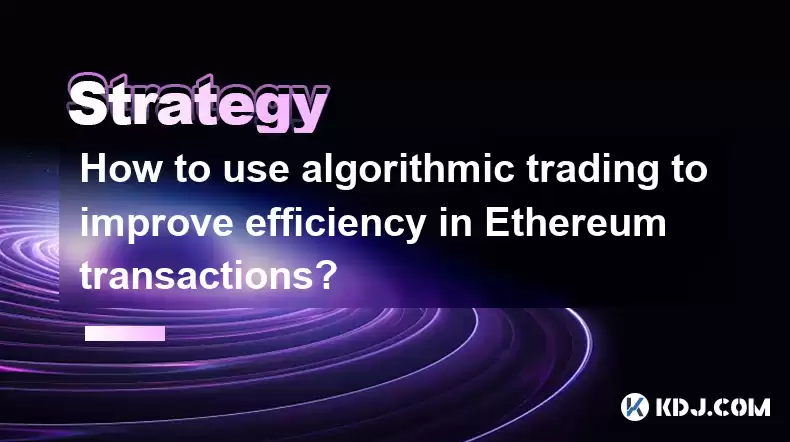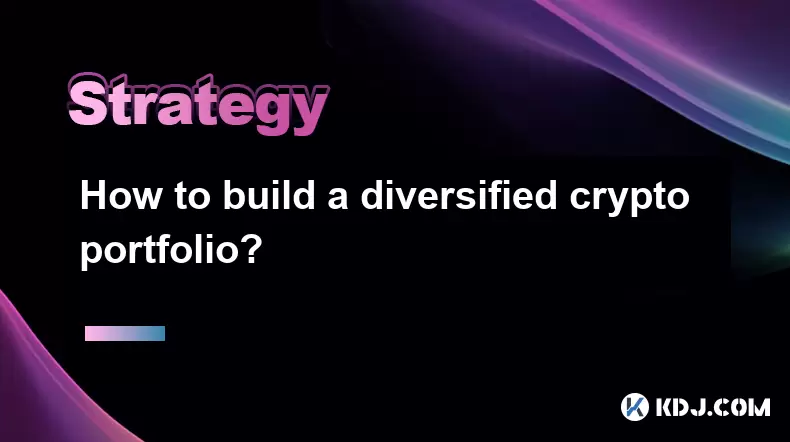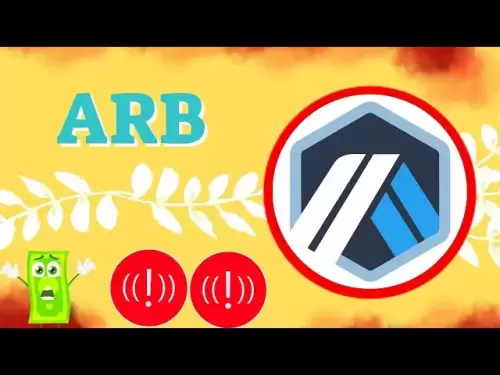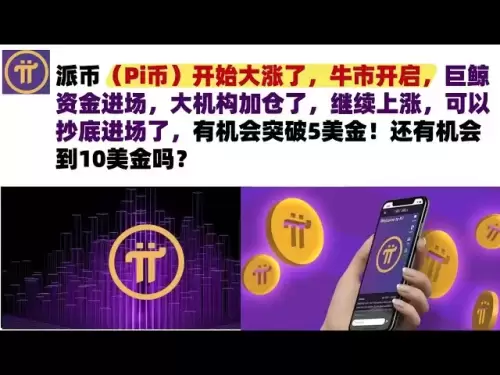-
 Bitcoin
Bitcoin $116900
0.00% -
 Ethereum
Ethereum $4280
5.48% -
 XRP
XRP $3.265
-1.45% -
 Tether USDt
Tether USDt $1.000
-0.01% -
 BNB
BNB $807.0
1.41% -
 Solana
Solana $183.1
2.93% -
 USDC
USDC $0.9999
0.00% -
 Dogecoin
Dogecoin $0.2440
6.50% -
 TRON
TRON $0.3357
-0.88% -
 Cardano
Cardano $0.8178
2.63% -
 Hyperliquid
Hyperliquid $44.13
7.45% -
 Chainlink
Chainlink $21.39
9.09% -
 Stellar
Stellar $0.4524
-0.84% -
 Sui
Sui $3.957
2.13% -
 Bitcoin Cash
Bitcoin Cash $572.7
-2.54% -
 Hedera
Hedera $0.2671
1.54% -
 Avalanche
Avalanche $24.77
4.17% -
 Ethena USDe
Ethena USDe $1.001
0.02% -
 Litecoin
Litecoin $122.3
-1.94% -
 Toncoin
Toncoin $3.432
2.26% -
 UNUS SED LEO
UNUS SED LEO $9.007
0.49% -
 Shiba Inu
Shiba Inu $0.00001396
5.26% -
 Uniswap
Uniswap $11.09
1.64% -
 Polkadot
Polkadot $4.155
4.57% -
 Dai
Dai $1.000
0.00% -
 Pepe
Pepe $0.00001253
5.11% -
 Cronos
Cronos $0.1588
2.67% -
 Bitget Token
Bitget Token $4.512
0.05% -
 Monero
Monero $275.0
0.64% -
 Ethena
Ethena $0.7527
15.10%
How to use algorithmic trading to improve efficiency in Ethereum transactions?
Algorithmic trading automates Ethereum transactions, providing speed, objectivity, and risk mitigation, and enables traders to leverage technical indicators like moving averages and the Relative Strength Index to enhance efficiency and profitability.
Feb 25, 2025 at 03:18 pm

How to Use Algorithmic Trading to Improve Efficiency in Ethereum Transactions: A Comprehensive Guide
Key Points:
- Understand the benefits of algorithmic trading for Ethereum transactions.
- Identify the types of algorithmic trading strategies available.
- Learn how to implement automated trading bots.
- Utilize technical indicators to enhance trading efficiency.
- Monitor and evaluate algorithmic trading performance.
Benefits of Algorithmic Trading for Ethereum Transactions
Algorithmic trading, also known as automated trading, offers significant advantages for managing Ethereum transactions:
- Speed and Efficiency: Algorithms can execute trades instantaneously, eliminating human delays and latency.
- Objectivity: Automated bots remove emotional bias and operate solely based on predefined rules.
- Scalability: Algorithmic trading enables traders to process multiple orders simultaneously, increasing trading volume.
- Reduced Risk: Algorithms can monitor market conditions and adjust positions accordingly, mitigating risk exposure.
- Flexibility: Traders can customize algorithmic trading strategies to suit their specific trading objectives.
Types of Algorithmic Trading Strategies
Various types of algorithmic trading strategies exist:
- Trend Following: These strategies ride market trends by buying when prices rise and selling when they fall.
- Mean Reversion: Algorithms buy assets when prices are undervalued and sell when they are overvalued.
- Arbitrage: Bots leverage price discrepancies across different exchanges to generate profit.
- Scalping: Algorithms execute multiple small trades to take advantage of short-term price fluctuations.
- High-Frequency Trading (HFT): These strategies involve rapid execution of large volumes of trades in milliseconds.
Implementing Automated Trading Bots
Implementing automated trading bots involves the following steps:
- Choose a Trading Platform: Select a platform that supports automated trading and integrates with Ethereum.
- Develop a Trading Strategy: Define rules and parameters for the trading bot to follow, based on the selected strategy.
- Connect to the API: Establish a connection between the trading platform and the bot to execute trades automatically.
- Test and Optimize: Run backtests and simulations to refine the strategy and improve performance.
- Deploy the Bot: Launch the bot and continuously monitor its operation and performance.
Utilizing Technical Indicators to Enhance Trading Efficiency
Technical indicators provide valuable insights into market trends and price movements:
- Moving Averages: Track average prices over time to identify trends and support/resistance levels.
- Relative Strength Index (RSI): Measures market overbought and oversold conditions.
- Stochastic Oscillator: Analyzes momentum and price range fluctuations.
- Volume Indicators: Assess trading volume to identify potential trends and reversals.
- Bollinger Bands: Highlight volatility and potential trading opportunities.
Monitoring and Evaluating Algorithmic Trading Performance
Regular monitoring and evaluation are crucial for optimizing trading performance:
- Track Key Metrics: Monitor metrics such as return on investment (ROI), profit factor, and Sharpe ratio to assess strategy effectiveness.
- Performance Analysis: Analyze historical results to identify strengths and weaknesses and make adjustments if necessary.
- Risk Management: Review risk exposure, including maximum drawdowns and position sizing, to maintain financial stability.
- Stress Testing: Simulate extreme market conditions to gauge the bot's resilience under different scenarios.
- Performance Optimization: Refine the trading strategy, parameters, and technical indicators to enhance efficiency and profitability.
FAQs
Q: Is algorithmic trading suitable for all traders?
A: Algorithmic trading may not be suitable for beginners due to its technical complexity and potential risks. Experienced traders with a strong understanding of cryptocurrency markets can leverage algorithmic trading to improve their efficiency and returns.
Q: How much capital do I need for algorithmic trading?
A: The required capital depends on the specific trading strategy and market conditions. It's advisable to start with a small amount and increase the investment over time as experience and confidence grow.
Q: Is algorithmic trading profitable?
A: Profitability in algorithmic trading depends on several factors, including market conditions, trading strategy, and implementation. Carefully backtesting and optimizing the strategy can enhance profitability, but there are no guarantees.
Q: What are the risks associated with algorithmic trading?
A: Algorithmic trading carries risks such as technological failures, market volatility, and cyber attacks. It's essential to implement risk management techniques to mitigate potential losses.
Q: How can I get started with algorithmic trading?
A: Begin by educating yourself about algorithmic trading, choosing a reputable platform, and developing a trading strategy. Test and refine the strategy, then implement automated trading bots and continuously monitor and evaluate their performance.
Disclaimer:info@kdj.com
The information provided is not trading advice. kdj.com does not assume any responsibility for any investments made based on the information provided in this article. Cryptocurrencies are highly volatile and it is highly recommended that you invest with caution after thorough research!
If you believe that the content used on this website infringes your copyright, please contact us immediately (info@kdj.com) and we will delete it promptly.
- Trump, Nasdaq, and Token Treasury: WLFI's $1.5B Gambit
- 2025-08-10 06:50:12
- Trump, Nasdaq, and Token Treasury: WLFI's $1.5B Play
- 2025-08-10 06:30:11
- Coinbase, DEX Trading, and Base Network: A New Era for Crypto?
- 2025-08-10 06:30:11
- Block Inc., Bitcoin, and Mining Chips: Reshaping Digital Finance, New York Style
- 2025-08-10 06:50:12
- Stablecoin Surge Ignites Altcoin Investment Hunt: What's Hot Now?
- 2025-08-10 06:55:16
- Penny Crypto Dreams: Can XRP Reach $10,000? A Look at LILPEPE and the Meme Coin Mania
- 2025-08-10 04:50:11
Related knowledge

How to use stop-loss orders to limit potential losses?
Aug 08,2025 at 02:01pm
Understanding Stop-Loss Orders in Cryptocurrency TradingA stop-loss order is a risk management tool used by traders to automatically sell a cryptocurr...

How to read cryptocurrency charts and use technical analysis?
Aug 08,2025 at 11:08am
Understanding the Basics of Cryptocurrency ChartsCryptocurrency charts are graphical representations of price movements over time. These charts are es...

How to do your own research (DYOR) before investing in a crypto project?
Aug 08,2025 at 09:07pm
Understanding the Core Principles of DYOR in CryptocurrencyEngaging in due diligence before investing in any cryptocurrency project is essential to mi...

How to build a diversified crypto portfolio?
Aug 09,2025 at 12:21pm
Understanding the Importance of Diversification in CryptoDiversification in the cryptocurrency space is a strategy used to reduce risk by spreading in...

How to avoid common crypto investment mistakes?
Jul 13,2025 at 01:35am
Understanding the Risks of Crypto InvestmentInvesting in cryptocurrency can be highly rewarding, but it also comes with significant risks. One of the ...

What is a long-short crypto strategy?
Jul 15,2025 at 10:56am
Understanding the Basics of a Long-Short Crypto StrategyA long-short crypto strategy is an investment approach where traders simultaneously take long ...

How to use stop-loss orders to limit potential losses?
Aug 08,2025 at 02:01pm
Understanding Stop-Loss Orders in Cryptocurrency TradingA stop-loss order is a risk management tool used by traders to automatically sell a cryptocurr...

How to read cryptocurrency charts and use technical analysis?
Aug 08,2025 at 11:08am
Understanding the Basics of Cryptocurrency ChartsCryptocurrency charts are graphical representations of price movements over time. These charts are es...

How to do your own research (DYOR) before investing in a crypto project?
Aug 08,2025 at 09:07pm
Understanding the Core Principles of DYOR in CryptocurrencyEngaging in due diligence before investing in any cryptocurrency project is essential to mi...

How to build a diversified crypto portfolio?
Aug 09,2025 at 12:21pm
Understanding the Importance of Diversification in CryptoDiversification in the cryptocurrency space is a strategy used to reduce risk by spreading in...

How to avoid common crypto investment mistakes?
Jul 13,2025 at 01:35am
Understanding the Risks of Crypto InvestmentInvesting in cryptocurrency can be highly rewarding, but it also comes with significant risks. One of the ...

What is a long-short crypto strategy?
Jul 15,2025 at 10:56am
Understanding the Basics of a Long-Short Crypto StrategyA long-short crypto strategy is an investment approach where traders simultaneously take long ...
See all articles

























































































